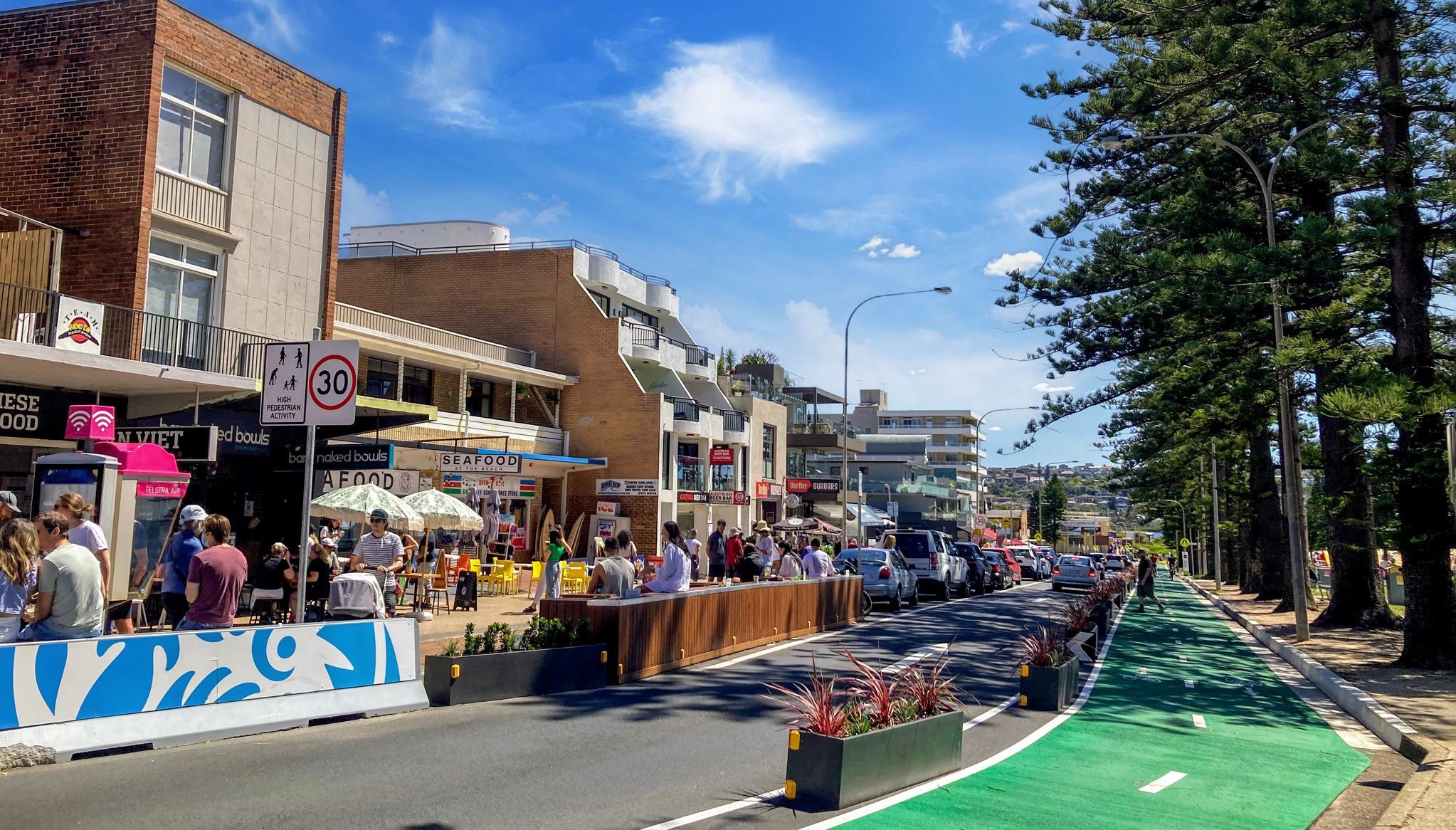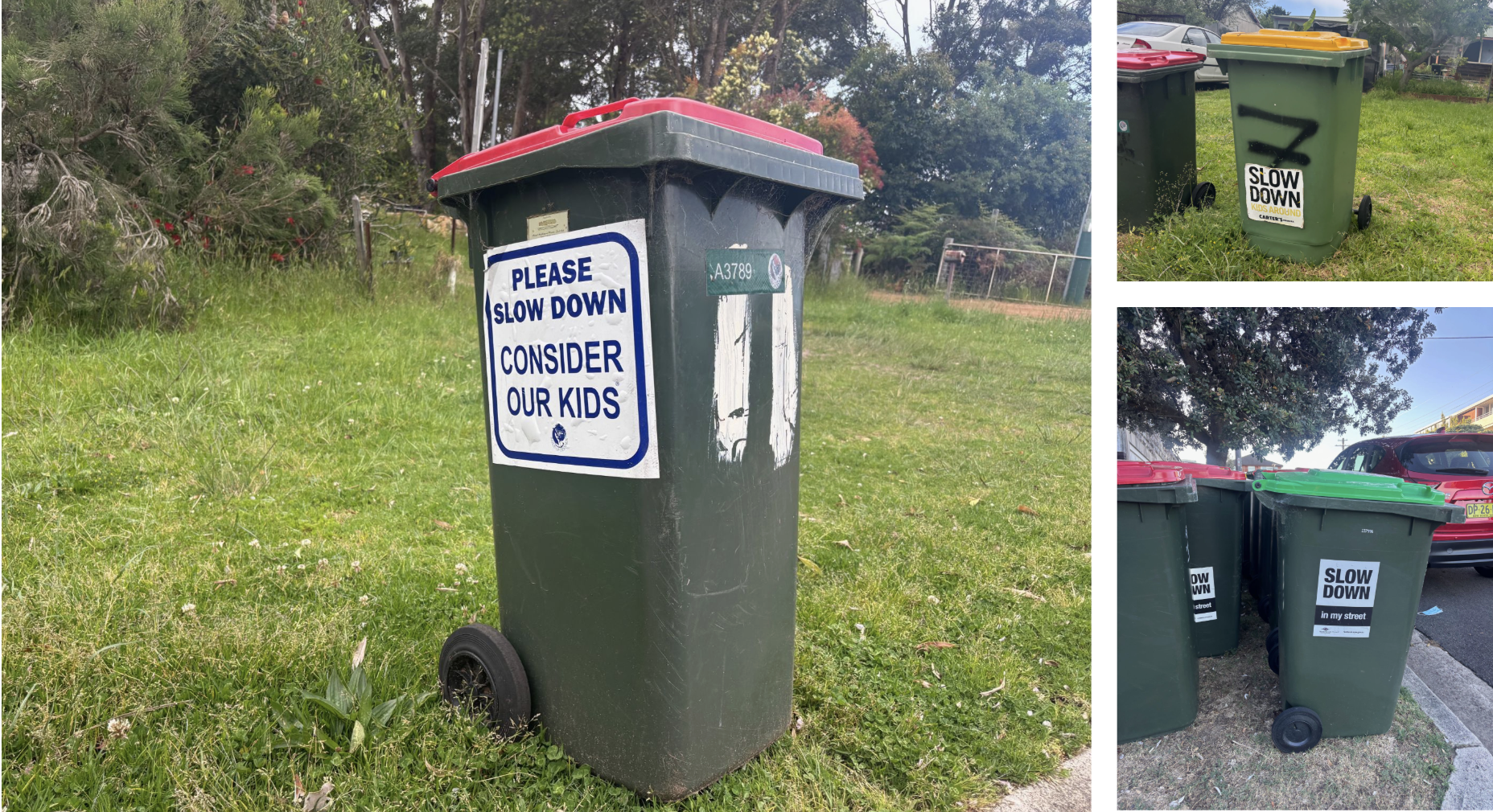
Better Streets Australia
Australia’s peak body for safer, healthier and more sustainable streets.
Our recommendations
Better Streets Australia has five key recommendations for federal, state and local governments.
Get kids active Encourage 75% of children to walk, cycle, scoot, or take public transport to school everyday, setting them up for healthy habits for life.
Slow vehicles down Adopt 30km/h speeds for local residential streets, and urban centres to significantly reduce avoidable injuries and fatalities.
Boost local businesses Improve and expand beautiful streetscapes that people enjoy spending time and money in.
Make more crossings Encourage walking and improve safety with 20 new or improved crossings in each council each year.
Provide transport choices Add another 1,000 kilometres of connected safe, and direct cycle & micro-mobility routes per year.
What’s happening?
Two tragic crashes — one on the Sunshine Coast, one in inner Sydney — have once again exposed how quickly Australia defaults to individual blame while ignoring the systems that create danger.
Better Streets invites you to a briefing to help us craft a plan for a national Safer Speeds campaign. Registration detils.
Find local groups in your area


















